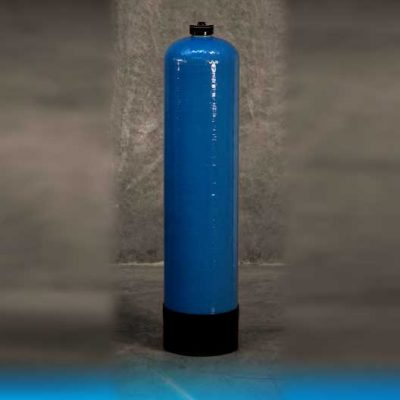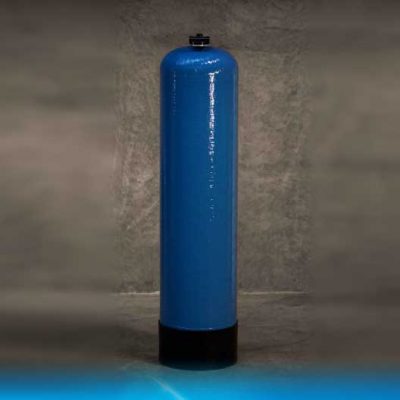Chemicals and Acidity in Rainwater
Millions of people have lived long healthy lives drinking rainwater but that’s doesn’t mean that rainwater is completely pure, or completely safe for everyone to drink. Rainwater may contain Potassium, Sodium, Sulphur Tetroxide, Nitrous Oxide, Chlorine, Fluorine, Lead, Iron, Bromine, Manganese, Vanadium, and Aluminium. These chemicals are generally in, safe extremely low concentrations. The following elements and chemicals are commonly found in rain: Hydrogen, Ammonium, Calcium, Magnesium, Carbonic Acid.
Rainwater pH is typically acidic with a pH in the range around 5.0 – 5.6. With local thunderstorms the pH can drop as low as 2.0.This acidity is primarily due to the presence of strong acids, sulphuric acid (H2SO4), nitric acid (HNO3) and carbonic acid (H2CO3). Although some of these contaminants are from pollution many of them are as a result of natural processes.
Rainwater collected in storage tanks is affected by the material quality of the tanks. Plastic tanks, even food grade plastic tanks, essentially store rainwater in the same state as it falls from the sky, unless it is contaminated by contact with metal or organic
Substances which change the water chemistry. In particular rain water stored in plastic tanks is almost always acidic with a pH of below 6.0 on the pH scale, but sometimes as low as 5.0. The reason for the acidity of the water in PVC tanks is twofold; as described above the atmospheric effect on rain in considerable however the additional effect of phthalates can’t be discounted. Acidic water can be neutralised by the use of a Calcite unit which naturally adjusts the pH to neutral.
Using Calcite Filters to Correct pH
Calcite is a naturally occurring calcium carbonate media. One of the advantages of Calcite is its self-limiting property. Calcite corrects pH only enough to reach a non-corrosive equilibrium. It does not overcorrect under normal conditions. Upon contact with calcite, acidic waters slowly dissolve the calcium carbonate to raise the pH which reduces potential leaching of copper, lead and other metals found in typical plumbing systems.
Periodic backwashing will prevent packing, reclassify the bed and maintain high service rates. Depending on pH, water chemistry and service flow, the Calcite bed will have to be periodically replenished as the Calcite is depleted. As the Calcite’s calcium carbonate neutralises the water, it will increase hardness and a softener may become necessary after the neutralising filter.
Whole of House Calcite PH Correction Systems
All Calcite PH Correction Systems
-

Waterways 1665.2750 Calcite PH Correction System
-

Waterways 2162.3150 Calcite PH Correction System
-

Waterways 2472.2850 Calcite PH Correction System
-

Waterways 2472.3150 Calcite PH Correction System
-

Waterways CF1 Calcite PH Correction System
-

Waterways CF2 Calcite PH Correction System
-

Waterways CF2.HF Calcite PH Correction System
-

Waterways CF3 Calcite PH Correction System
-

Waterways CF3.HF Calcite PH Correction System
-

Waterways Dummy Product 1
Calcite pH Correction Systems Specification Sheets
- Commercial Automatic Calcite Filters
- Domestic/Light Commercial Automatic Calcite Filters
- Light Commercial High Flow Calcite Filters
- Domestic Manual Calcite Filters